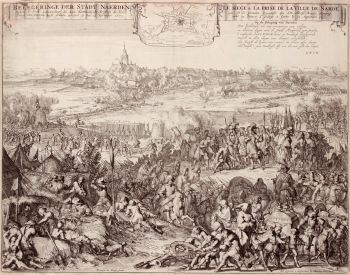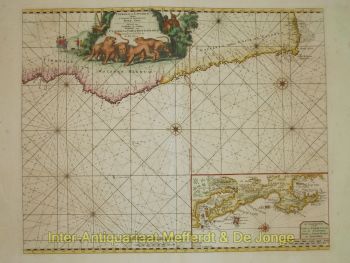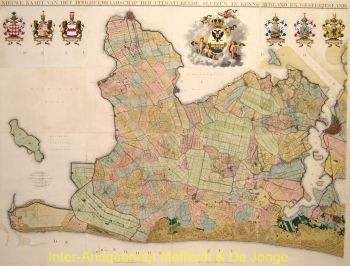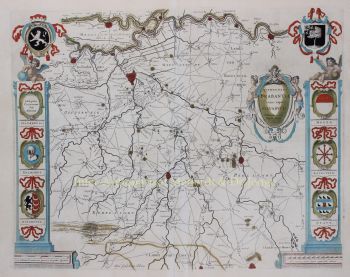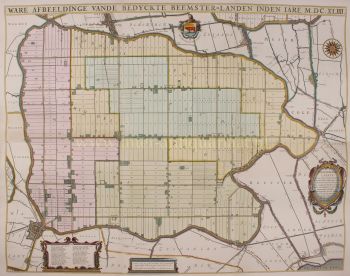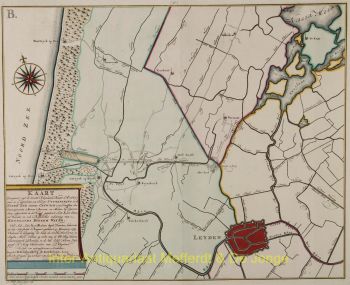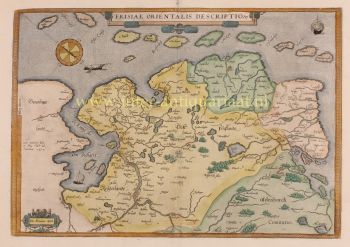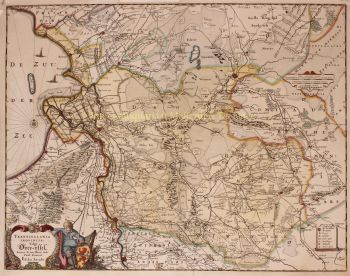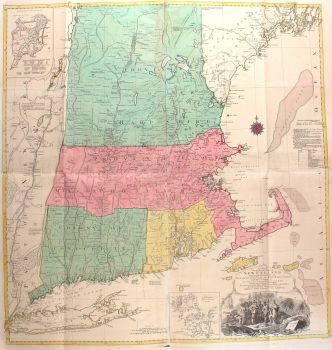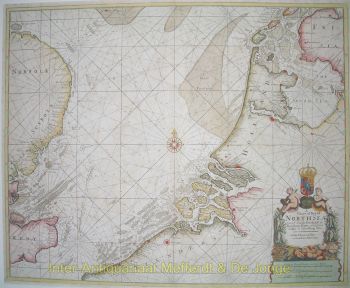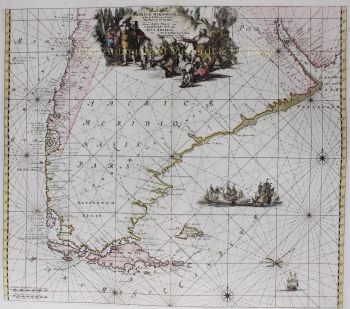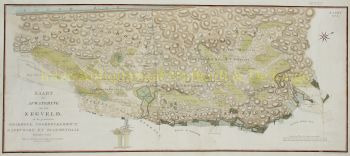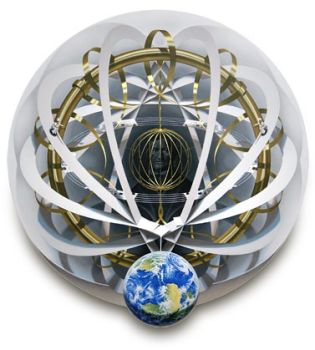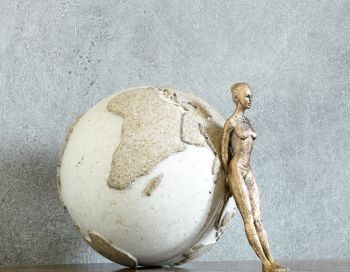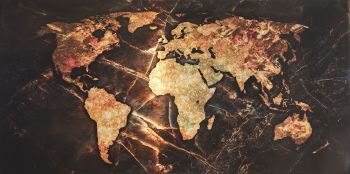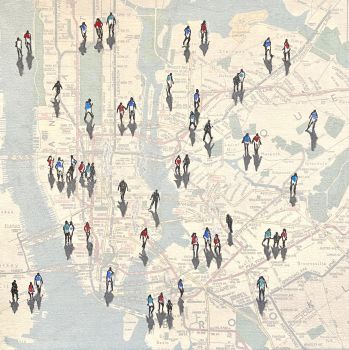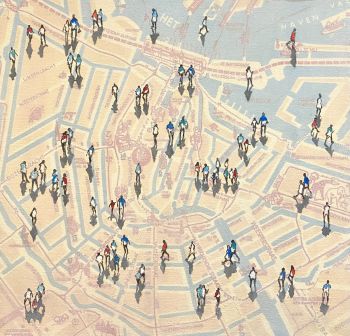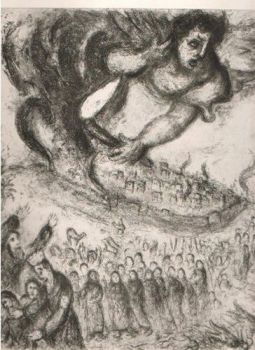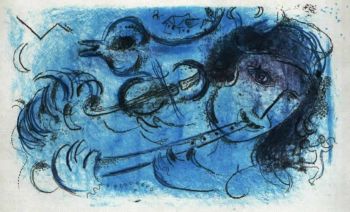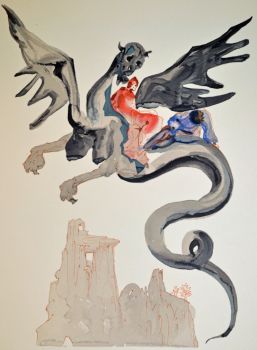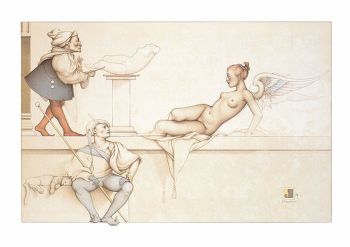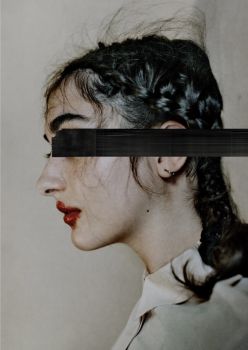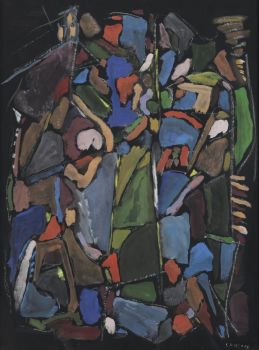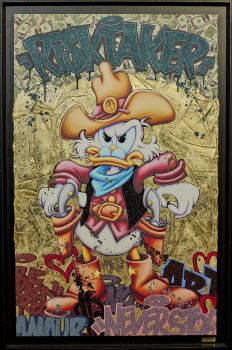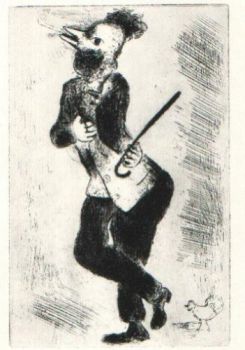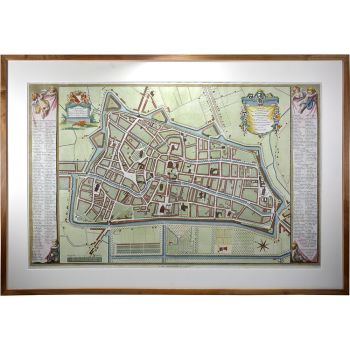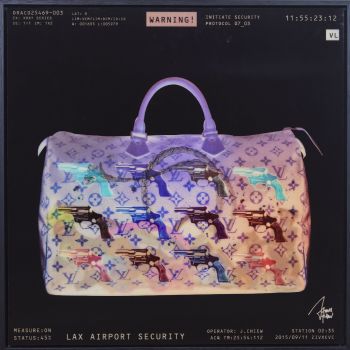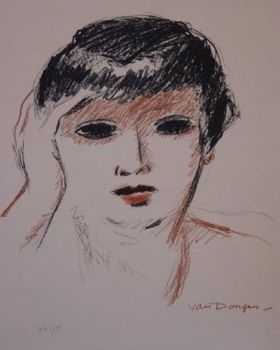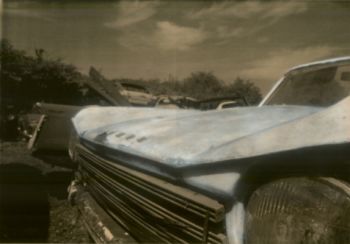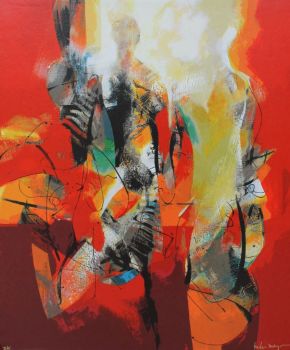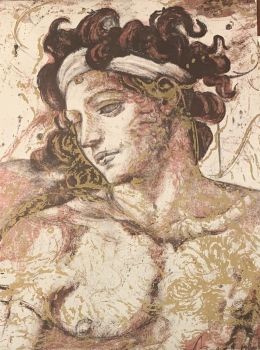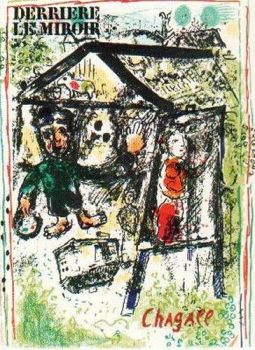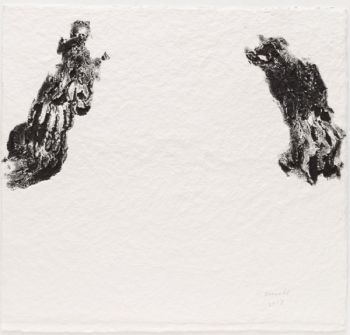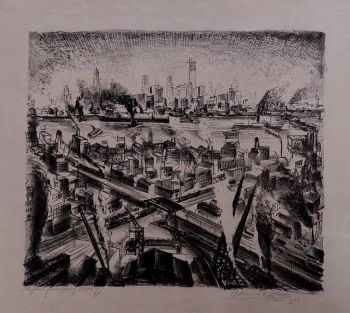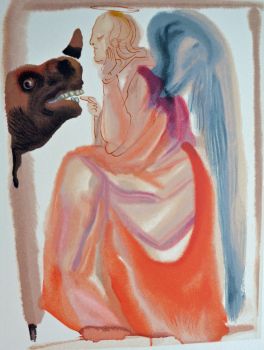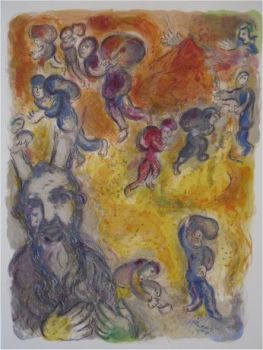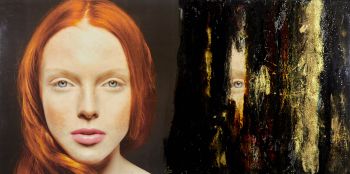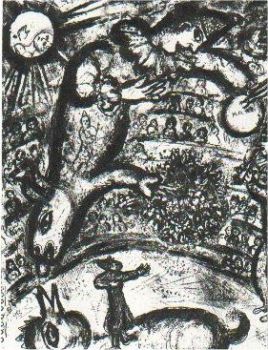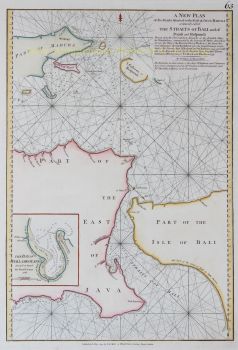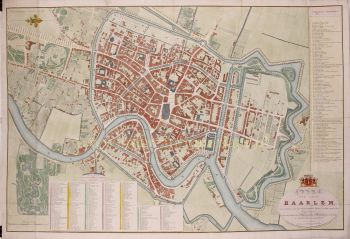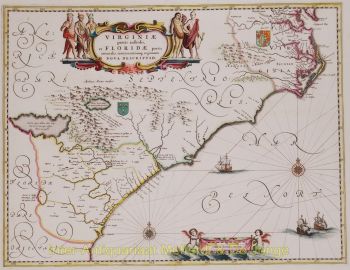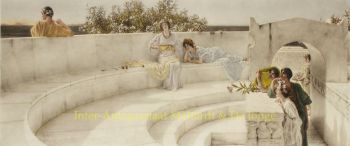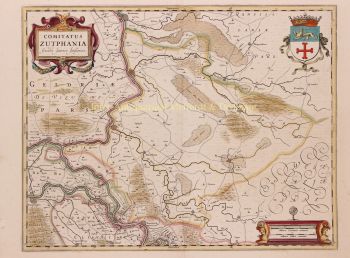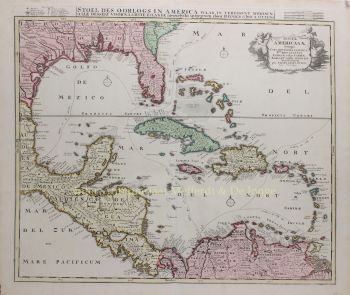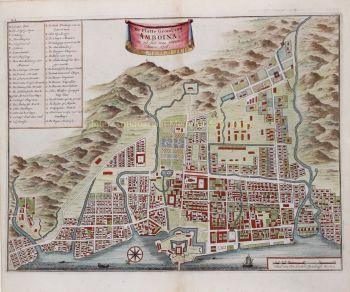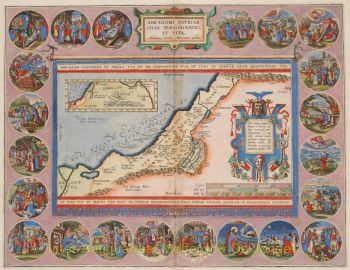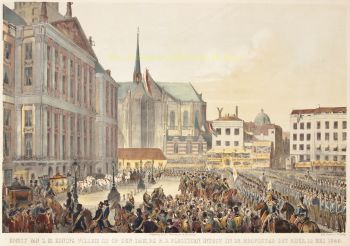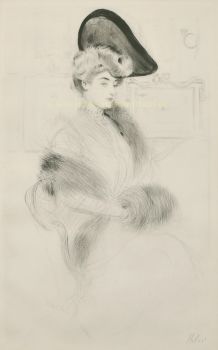Carte du monde 1700
Romeijn de Hooghe
PapierImprimer
48 ⨯ 55 cm
€ 7.500
Inter-Antiquariaat Mefferdt & De Jonge
- Sur l'oeuvre d'artNovissima & exactissima totius orbis Terrarum Tabula Hand coloured copper engraving from the "Atlas Maritimus Ofte Zee Atlas"?. Published in Nuremberg by David Funcke c. 1700. Size: 48 x 55 cm. David Funcke was a Nuremberg publisher, who commissioned works from Johann Baptiste Homann. This attractive and ingenious map however, derives from a work by Romeyn de Hooghe "one of the most accomplished Dutch artists of the second half of the 17th century" that appeared in Frederick de Wit's Atlas. The marginal decoration in this work depicting the four elements of Classical philosophy portrays Fire as a military battle; Air as the heavens ruled by the Zodiac and serenaded by Apollo; Earth as a field being harvested and husbandry; and Water, a sea with Dutch ships and a sputing whale. There are Greek gods presiding from the sidelines of all these scenes: Zeus, Hera, Hades, Persephone, Demeter and Poseidon. The map has two large hemispheres and two smaller, polar hemispheres. There is an outline of an Antarctic continent, which De Wit had left blank. Reference: Shirley 616 (and 444), plate 327. Price: Euro 7.500,- (incl. frame)
- Sur l'artiste
Romeyn de Hooghe (1645, Amsterdam - 1708, Haarlem) était un graveur, dessinateur d'estampes, peintre, sculpteur, orfèvre, médaillé, avocat, éditeur de cartes et auteur d'écrits historiques. En 1673, Romeyn épousa Maria Lansman, la fille d'un ministre. Ils vivaient à Amsterdam sur le Reguliersgracht. Il a illustré des livres, par exemple Hieroglyphica of Merkbeelden der oude volkeren (1735), un livre emblématique bien connu et un livre de référence pour la mythologie classique et son iconographie. Il a également illustré des livres de Constantijn Huygens et d'Hugo de Groot. En 1675, il possédait un magasin d'art dans la Kalverstraat. En 1677, il illustre le voyage de Coenraad van Klenck à Moscou. Il a réalisé de nombreuses gravures, entre autres les feux d'artifice sur le Hofvijver à La Haye. Un certain nombre de gravures de De Hooghe ont été désapprouvées par certaines personnes, car elles montraient des sujets honteux. D'un autre côté, il était considéré comme un grand satiriste graphique. De Hooghe était un propagandiste de la politique anti-française. Il a peint de grands panneaux pour les salles du bureau du maire d’Enkhuizen. En 1690, il s'installe à Haarlem, où il commence des cours de dessin de patrons pour enfants sur le Nieuwe Gracht 13.
Êtes-vous intéressé par l'achat de cette oeuvre?
Artwork details
Related artworks
- 1 - 3 / 3
- 1 - 4 / 24
- 1 - 4 / 15
Marc Chagall
And Mozes saw the burdens of his Brethren1952 - 1989
Prix sur demandeArthouse Marc Chagall
1 - 4 / 24- 1 - 4 / 12




